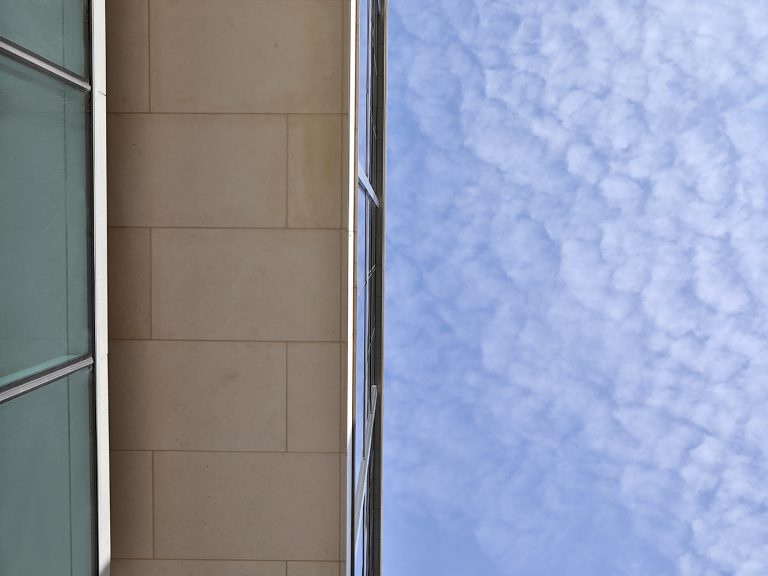The Government is consulting until 14 June 2024 on the draft South Coast Designated Maritime Area Plan (the “draft SC-DMAP”) for offshore renewable energy (“ORE”).
This represents a first forward spatial plan for renewable energy in Ireland. It identifies four maritime areas within which it is proposed that future ORE development in this DMAP will take place. The four areas are:
- Area A (Tonn Nua), which is located approximately 12km off the coast of Waterford, proposed to support a 0.9GW development,
- Area B (Lí Ban), whose distances to shore vary between 29km and 49km from the coast of Waterford, estimated to be capable of facilitating installed capacity of 1.4 to 2GW,
- Area C (Manannán), whose distances to shore vary between 27km and 52km from the coast of Wexford, estimated to be capable of facilitating installed capacity of 1 to 1.4 GW, and
- Area D (Danu), located next to Area C, estimated to be capable of facilitating installed capacity of 0.9 to1.3 GW.
All projects in the SC-DMAP will be fixed-bottom, although the consultation does recognise that floating offshore developments are an important emerging technology, and that future DMAPs will identify prospective areas for floating offshore development beyond 2030.
Area A will be developed by the winner of Ireland’s second offshore wind auction, ORESS 2.1, expected to commence later this year or in 2025, with deployment foreseen by 2030 or as soon as feasible after that. The Government is also consulting, until 7 June 2024, on draft terms and conditions for the ORESS 2.1 auction. Programmes of deployment in areas B to D will take place over the next approximate ten-year period.
It is intended that Area A will have installed capacity of approximately 900MW. This is expected to use 65% of the marine space within Area A, providing ‘spatial flexibility’ for windfarm layout and project boundaries to be adjusted in order to address potential adverse environmental impacts. Area A will be directly connected to the onshore electricity transmission system at two separate existing onshore sub-stations at locations to be determined by EirGrid.
The consultation states that the scale and location of future ORE developments within Areas B to D will be informed by the outcome of Regional Level Surveys, in addition to further project specific surveys, mitigation and assessments. It further states that, for Areas A-D, preliminary marine surveys and site investigations can be carried out by MAC holders in addition to project level assessments. Applications by MAC holders for licences to carry out such surveys and investigations (under Part 5 of the Maritime Area Planning Act) are not contingent on the outcome of the Regional Level Surveys.
Successful co-existence is a core objective of the draft SC-DMAP. MACs will likely only be granted to prospective ORE and transmission system developers on a non-exclusive basis (although the requirement for temporary exclusion zones during periods of infrastructure construction is recognised).
In relation to port development, the draft SC-DMAP states that the SC-DMAP will “establish a stable commercial environment for investments in port development by providing a transparent pipeline of proposed future fixed offshore wind projects”.
Four questions are posed and a number of consultation events are being held. Following the close of submissions, the draft SC-DMAP will be presented by the Minister for the Environment, Climate and Communications, in his role as DMAP competent authority under the Maritime Area Planning Act 2021, to both houses of the Oireachtas for approval.
The authors would like to thank Emma M Kennedy for her contribution to this article.

